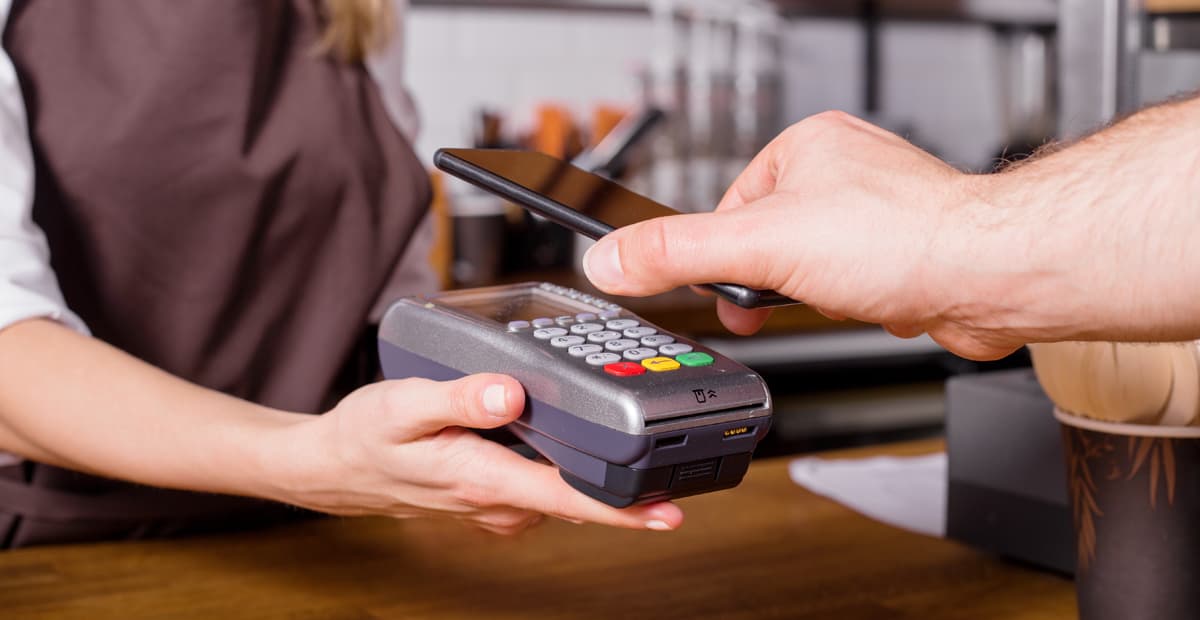This change in payment behavior is not fortuitous; it is driven by the growth of digital wallets, contactless payments, events such as Covid-19 and the rise of technological change. In Latin America today there are more than 588 million smartphones and according to Statista this number will continue to grow. *
Digital wallets or mobile payment solutions are gaining traction every day as contactless payment in physical commerce becomes more widespread and payment through apps grows. A The World Bank study indicates that 42% of adults in Latin America use contactless payments in stores, and 11% have recently adopted this payment format. ** More than half of industry leaders believe that mobile payments will be the preferred way for consumers to make everyday payments.
Let us take a closer look at why the way we pay is changing and why people are enthusiastically adopting these electronic payment methods:
Convenience at a touch
One of the main reasons behind the growth in the use of contactless cards and digital wallets is the convenience they offer. Paying with a simple tap or swipe instead of counting bills and coins is much faster and easier. This simplified process has been especially valuable in a world where time is a precious resource.
Active promotion by banks and fintechs
Fintechs and financial institutions have played a key role in promoting these payment methods. They offer incentives, discounts, and special promotions to encourage consumers/merchants to opt for contactless cards and digital wallets. This strategy has been effective in attracting new users and retaining existing ones.
Increased trust and fewer barriers
As people become more familiar with the technology and the security measures implemented, they have developed greater confidence in using contactless cards and digital wallets. The perception that these methods are secure and protect financial data has reduced the initial barriers to adoption.
Smartphone Penetration
With the increasing penetration of smartphones in the population, the adoption of electronic payment methods has become even easier. Digital wallets are linked to these devices, allowing people to conduct contactless transactions with their cell phones.
The Covid
With the restrictions on movement, social distancing and minimizing contact, which was generated during the pandemic, there was an increased preference for digital payments to avoid handling cash and physical contact with payment terminals. People have opted to use mobile payment applications, e-wallets, contactless cards, and online banking services.
Additionally, this growth will be reinforced by e-commerce platforms and marketplaces, with use cases such as instant and scaled issuance of virtual cards for payment from multiple suppliers and associated merchants.
According to a study conducted by Mastercard and Americas Market Intelligence (AMI), in all Latam countries, a drop in the use of cash for more than half of consumers’ monthly expenses can be observed. Specifically, Argentina reported a 20% decrease, Brazil and Mexico recorded the most drastic reductions (-17%) and in Peru and El Salvador, known to be at an earlier stage of digitization, the reduction was less dramatic, with 8% and 5% respectively. ***
To conclude, the shift in the way we pay, with a significant increase in the use of contactless cards and digital wallets, is driven by a combination of factors ranging from convenience and security to active promotion by businesses and technological innovations. As technology continues to evolve and society increasingly embraces these forms of payment, we are likely to see a future where cash becomes less and less relevant in our daily lives.
* Los pagos móviles en América Latina – Datos estadísticos. Statista Research Department, 15 oct 2023
** Inclusión financiera, pagos digitales y resiliencia en la era de la COVID-19, La base de datos Global Findex 2021.
*** Estado de la inclusión financiera después de la Covid-19 en Latinoamérica y El Caribe: nuevas oportunidades para el ecosistema de pagos. Mastercard y Americas Market Intelligence (AMI), mayo 2023.

